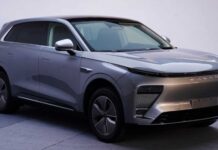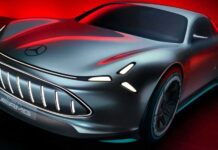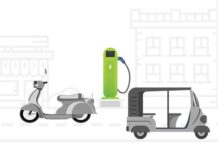Tesla has embarked on a groundbreaking journey by commencing deliveries of its Model Y equipped with Hardware 4 (HW4), the latest version of its Autopilot computer. This development marks a significant milestone in Tesla’s pursuit of vision-based autonomous driving, as the HW4 brings forth enhanced capabilities and a transition away from radar sensors. With the introduction of this cutting-edge technology, Tesla is poised to revolutionize the automotive industry once again.
Revolutionizing Autopilot: Tesla’s HW4 and its Imminent Impact
- The Evolution of HW4: A Testament to Tesla’s Vision
Tesla has dedicated substantial effort to the development of HW4, evident from the early glimpses of the computer revealed earlier this year. Initial deployments of HW4 were undertaken on Tesla’s flagship models, the Model S and Model X, allowing for a comprehensive evaluation of the computer’s performance. The gradual rollout strategy served as a means to refine and optimize the HW4 system, steering Tesla closer to its vision of vision-based autonomous driving.
- Enhanced Imaging: The Power of HW4-Equipped Model Y
Observant users in California have already caught sight of HW4-equipped Model Y vehicles, boasting more potent cameras compared to their HW3-installed counterparts. The improved imaging capabilities of HW4 enable Tesla’s vehicles to capture a richer and more detailed view of their surroundings. This advancement contributes to enhanced situational awareness, paving the way for safer and more reliable autonomous driving experiences.
READ MORE: Unlocking Pakistan’s Remittance Potential: Targeting $50 Billion Annually
- Partial Feature Availability: A Temporary Trade-off
As Tesla continues to integrate the HW4 suite into the Model S and Model X vehicles, it is important to note that some features may not be immediately accessible upon delivery. However, the current deployment of HW4 already assists drivers in various assisted driving maneuvers, including unprotected turns. This signifies Tesla’s commitment to incremental improvements and the gradual unlocking of HW4’s full potential.
- Elon Musk’s Vision: Towards Full Automation
Tesla’s CEO, Elon Musk, remains resolute in his assertion that fully automated driving will be achieved by the end of this year. HW4 plays a crucial role in Tesla’s broader plans to introduce the Full Self-Driving (FSD) suite and Robotaxi services. With the promise of HW4’s advanced capabilities, Tesla aims to deliver a future where vehicles navigate roads autonomously, revolutionizing the transportation landscape.
Conclusion
Tesla’s introduction of HW4 in the Model Y represents a remarkable leap forward in autonomous driving technology. By leveraging the power of vision-based systems and progressively moving away from radar sensors, Tesla is redefining the boundaries of automotive innovation. As HW4-equipped vehicles hit the roads, Tesla continues its relentless pursuit of fully automated driving, making substantial strides toward a future where transportation is safer, more efficient, and environmentally friendly. Brace yourself for a new era of mobility, as Tesla drives us towards a world where humans and machines coexist harmoniously on the road.




